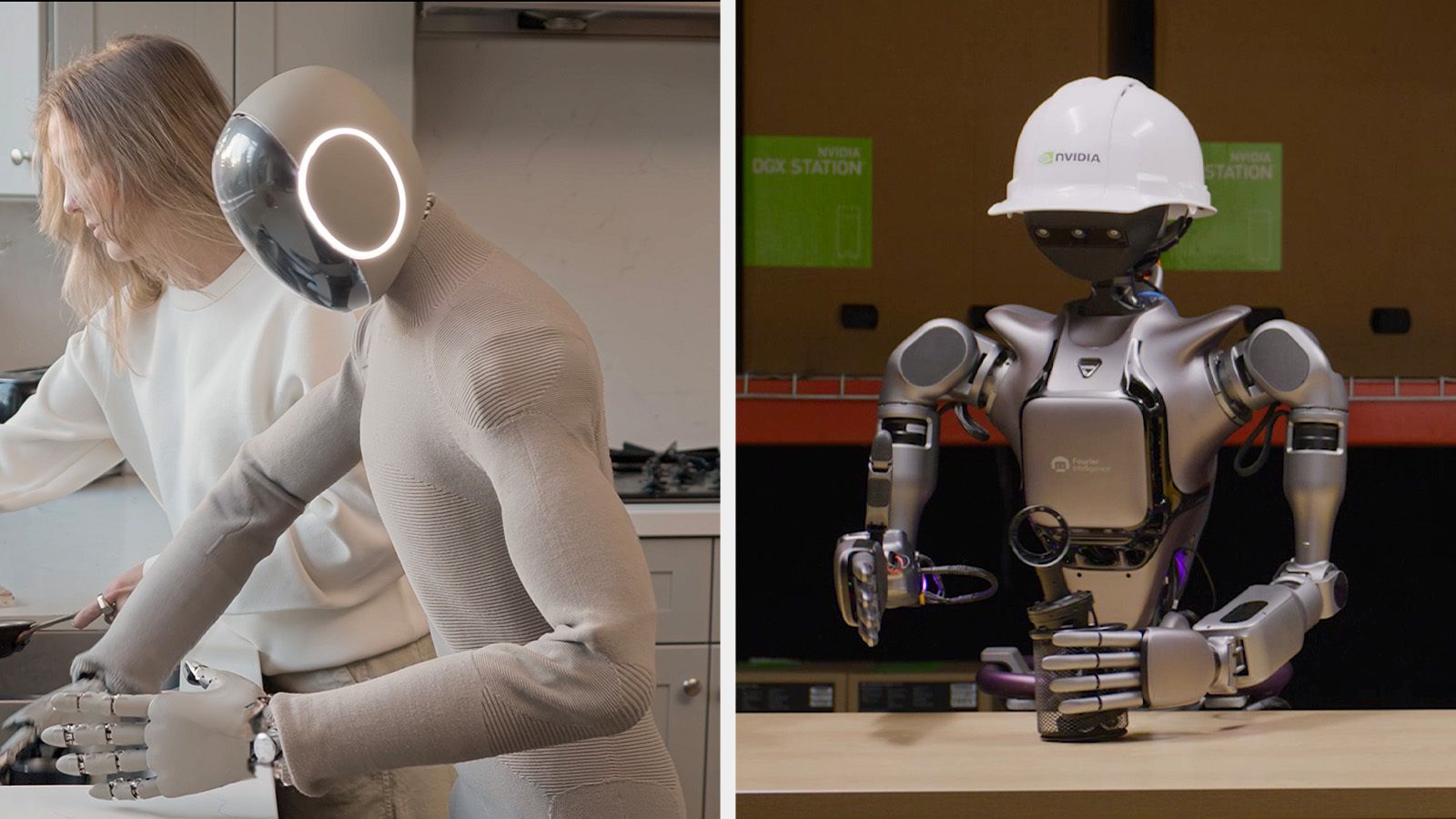From industrial automation to autonomous electric vehicles (EVs) and delivery drones, artificial intelligence has already been shaping the physical world which has led to the emergence of a separate branch known as embodied or physical AI.
While generative AI models are all the rage these days, they could also potentially drive breakthroughs in physical AI. It could usher in a new era of multi-tasking, humanoid robots which may be here sooner than you think, according to billionaire venture capitalist (VC) Vinod Khosla.
“Robotics will take a little longer, but I think we’ll have the ChatGPT moment in the next two to three years,” Khosla said on a podcast titled ‘Uncapped’ on YouTube last week.
The 70-year-old VC’s prediction that fully autonomous robots will be here in the next few years is noteworthy given that he has a strong track record of spotting what’s next. For instance, Khosla was an early-stage investor in OpenAI. DoorDash, Block, and Impossible Foods are some of the other notable companies in his investment portfolio.
“Almost everybody in the 2030s will have a humanoid robot at home. Probably start with something narrow like do your cooking for you. It can chop vegetables, cook food, clean dishes, but stays within the kitchen environment,” Khosla said.
He also said that they will be available at lower costs due to high demand. These robots could cost between $300 to $400 a month, Khosla estimated. On the progress of Chinese companies in building humanoid robots, Khosla called it “pretty damn amazing.” However, he said that these robots currently had a major drawback.
“They’re not learning robots. You change the environment and they don’t do as well. If you walk a human in here and say clean up, they’ll know what to do. A robot needs to do that,” he said.
Story continues below this ad
When asked why big tech companies like Apple are not focused on building humanoid robots, Khosla suggested that breakthroughs in physical AI would come from smaller players rather than large incumbents. Uber, for example, did not come from Hertz, nor was Netflix a product of major networks, he said.
Khosla’s remarks are in line with those of several tech leaders who are betting big on robotics and physical AI. Nvidia CEO Jensen Huang has repeatedly said that robots will play a significant role in both industries and daily life in the future.
“I love the idea that I’ll have my own R2-D2, my own C-3PO — my R2 will be following me, and for many people just growing up now, they’ll have their own personal R2 with them for their lives,” Huang said at an event last year. While speaking at the chipmaker’s annual investor meeting last week, Huang further said that AI and robotics represent “a multi-trillion-dollar growth opportunity” for Nvidia, which is shifting focus toward autonomous vehicles and other commercial applications of robotics.
Besides Nvidia, Amazon also considers robotics to be a growth area with CEO Andy Jassy recently saying, “We’re going to hire more people in AI and more people in robotics.”
Story continues below this ad
In an interview with Bloomberg last month, OpenAI CEO Sam Altman not only predicted breakthroughs in robotics but also warned about their impact on jobs. “I don’t think the world has really had the humanoid robots moment yet, and I don’t think that’s very far away […] What happens when the humanoid robots get here? I mean, obviously do a lot of jobs,” he said.

